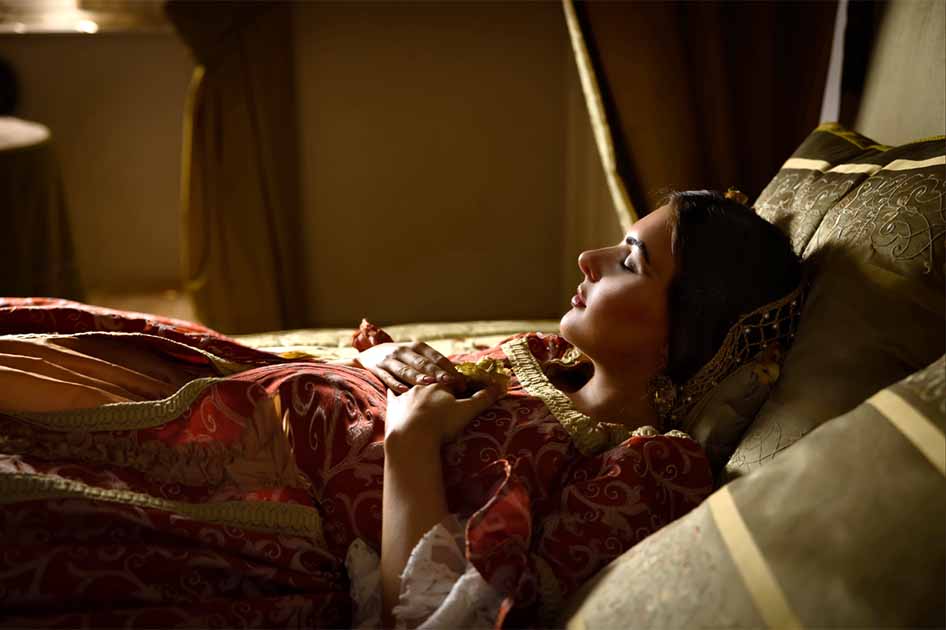What Giving Birth Was Like for Royal Mothers (Video)
Royal childbirths, a far cry from today's private affairs, were once grand spectacles, laden with political significance. Public scrutiny was the norm, with hundreds of onlookers present to confirm the baby's sex and health. Pain relief was taboo due to religious beliefs, leading to queens clutching holy relics and amulets during labor. Queen Victoria, in the 1800s, broke the mold by advocating for pain relief, setting a new precedent. Interestingly, male involvement was forbidden until Prince Albert supported Queen Victoria during labor. Medieval beliefs about female anatomy and childbirth were also rooted in misconceptions.
After childbirth, purification rituals awaited royal mothers before rejoining society. Special garments called holy girdles offered support and blessings to alleviate pain. Despite the spectacle, medieval childbirth carried high risks, with maternal mortality rates that seem alarming by today's standards. Pregnancy testing relied on urine examination and even the smell of asparagus. The fear of losing either the queen or the baby was ever-present, leading many queens to write wills before lying in. These historical accounts offer a glimpse into the challenges and rituals of royal childbirth, a stark contrast to modern, private deliveries.
- The Horrific History Of Birthing Royal Babies, And Why Meghan Markle Should Be Grateful
- New Birthing Girdle Study Answers Questions About Medieval Childbirth
Top image: Royal queen in her bedchamber. Source: Anneke / Adobe Stock.

















